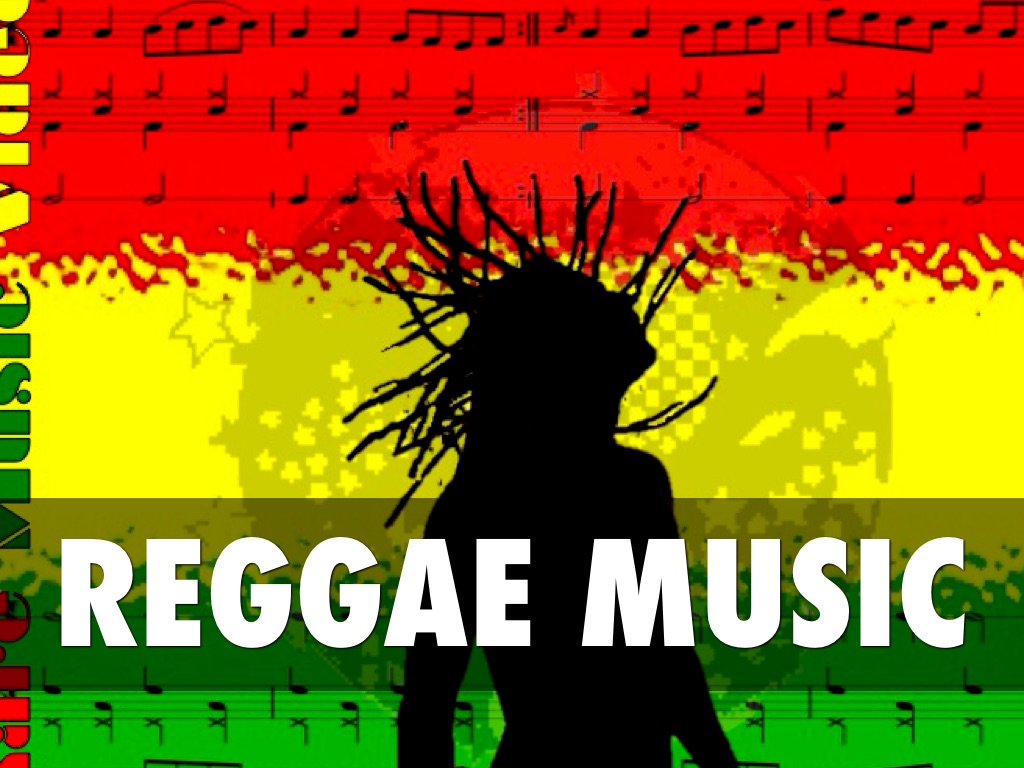
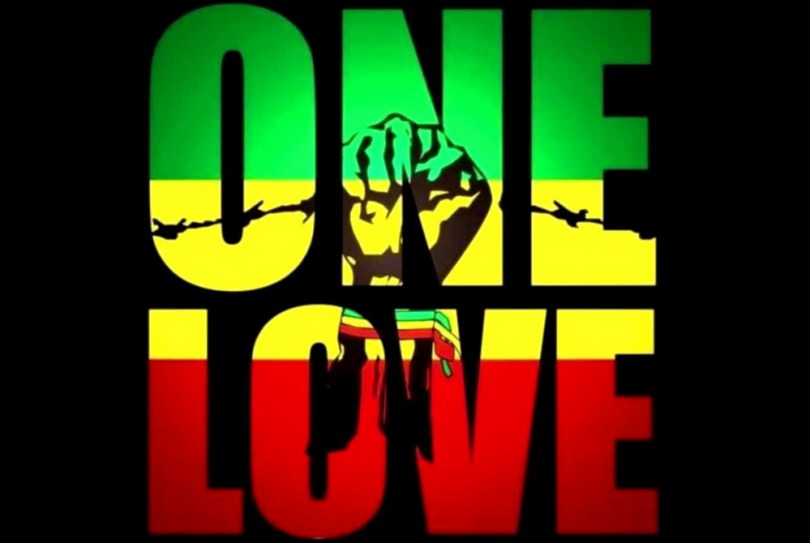
Reggae is one of those genres of music that has branched off, and gone on to influence future avenues of music such as Punk, Hip-Hop, and Rock, but, that’s not what we’re here for today. Today, we’re focusing on Reggae itself, more specifically, a few prominent artists of the genre that have shaped the musical landscape for the better.
So, let’s start with a question: What is Reggae? Reggae is an evolution of Ska that boomed in popularity during the late 60s in Jamaica along with other varieties of Caribbean-type music such as Calypso, and R&B, and became widely popular in the US, Britain, and Africa by the 70s. Using a wide array of instruments such as heavy drums, bongos, bass, electric guitars, keyboards, and horns, there was a huge amount of space for creativity.
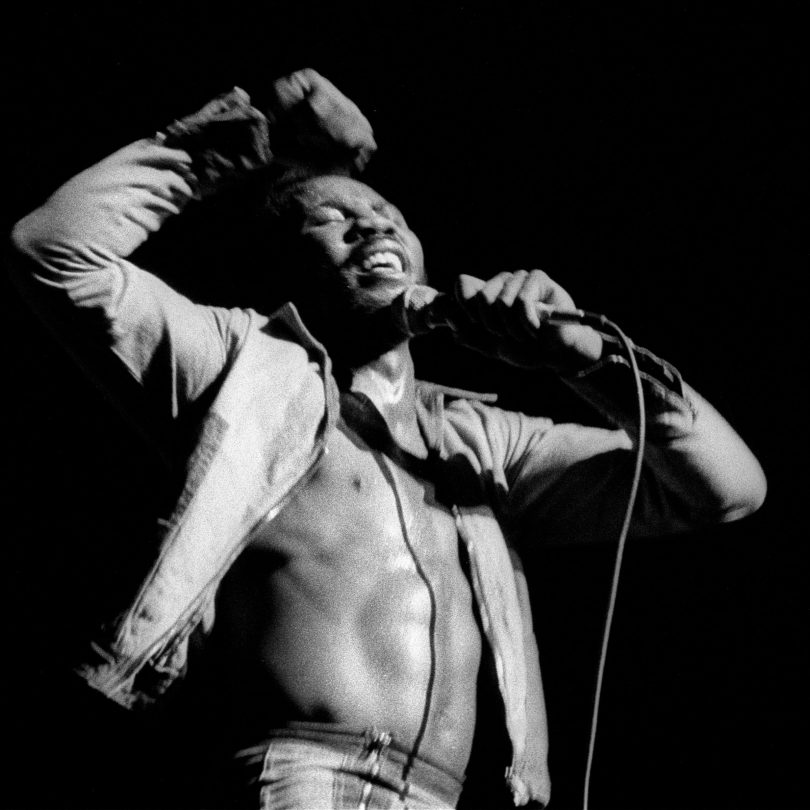
This brings us to Toots & the Maytals. Responsible for coining the term “Reggae” in their song “Do the Reggay,” the group formed in the early 60s, and saw commercial success between 1972 and 2020, Toots & The Maytals are one of the best-known Ska and Rocksteady groups from Jamaica. Rocksteady is a fusion of Ska, and R&B, and is a precursor to Reggae. Right up there with Bob Marley, Toots Hibbert was also considered a pioneer in the Reggae scene, with his soulful voice often being compared to that of Otis Redding, a distinction which landed him in the Top-100 Greatest Singers by the Rolling Stone Magazine. Toots’ soulful singing came from growing up singing gospel in a church choir, and he carried that voice with him for 60 years. In addition to Otis Redding, Toots was also influenced by the likes of Ray Charles and James Brown. The music of Toots & The Maytals often featured religious and protest themes with “54-46 That’s My Number” written after his experience of being jailed for a year and a half for marijuana possession. Their album, Funky Kingston, was considered “perfection” by some critics, and The Maytals have forged on even after the death of Toots Hibbert, with the drummer Paul Douglas now leading the band.
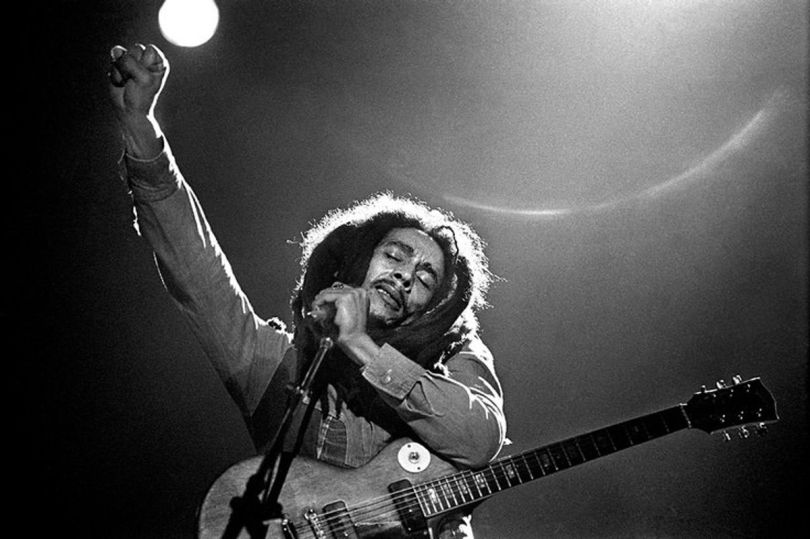
So, we’ve learned a bit about the origins, and beginning of the genre as a whole, so let’s move on to another one of the bigger names, if not the biggest in the Reggae scene, Bob Marley.
Born in February 1945, in Nine Mile, Jamaica, Bob Marley is widely credited with the popularization of Reggae as a genre. Former Jamaican Prime Minister, Edward Seaga, had this to say about Bob Marley at his funeral, “Bob Marley’s message was a protest against injustice, a comfort to the oppressed, a search for peace, and a cry for hope.” With songs based on religion, politics, poverty, and spirituality, Marley quickly became a pioneer, as well as a voice of an entire genre, and the people most affected by it. Before all this though, his career started in 1963, after forming Bob Marley & The Wailers, and two years later, the Wailers released their debut album, The Wailing Wailers, which contained the ever-popular, “One Love,” a track which firmly established Marley, and his band in the reggae scene.
Transitioning between the three major disciplines of Ska, Rocksteady, and Reggae, Bob Marley & The Wailers went on to record eleven albums, while slightly changing their sound throughout, they always kept true to their message and roots. In the 70s, Marley and the band relocated to London, and recorded their fourth studio album, The Best of The Wailers, incorporating Rock into their music. Just a few short years later, with the release of the albums Catch a Fire and Burnin’, The Wailers had gained international success and established themselves as touring artists. Just one year later, The Wailers disbanded and Bob released his first solo album, Natty Dread. After the end of The Wailers, Marley enjoyed a highly successful solo career that was sadly cut short by cancer in May of 1981, at the age of 36. Overall, Marley has sold over 20 million records and has been posthumously inducted into the Rock and Roll Hall of Fame, in 1994. Still, his legend continues on.
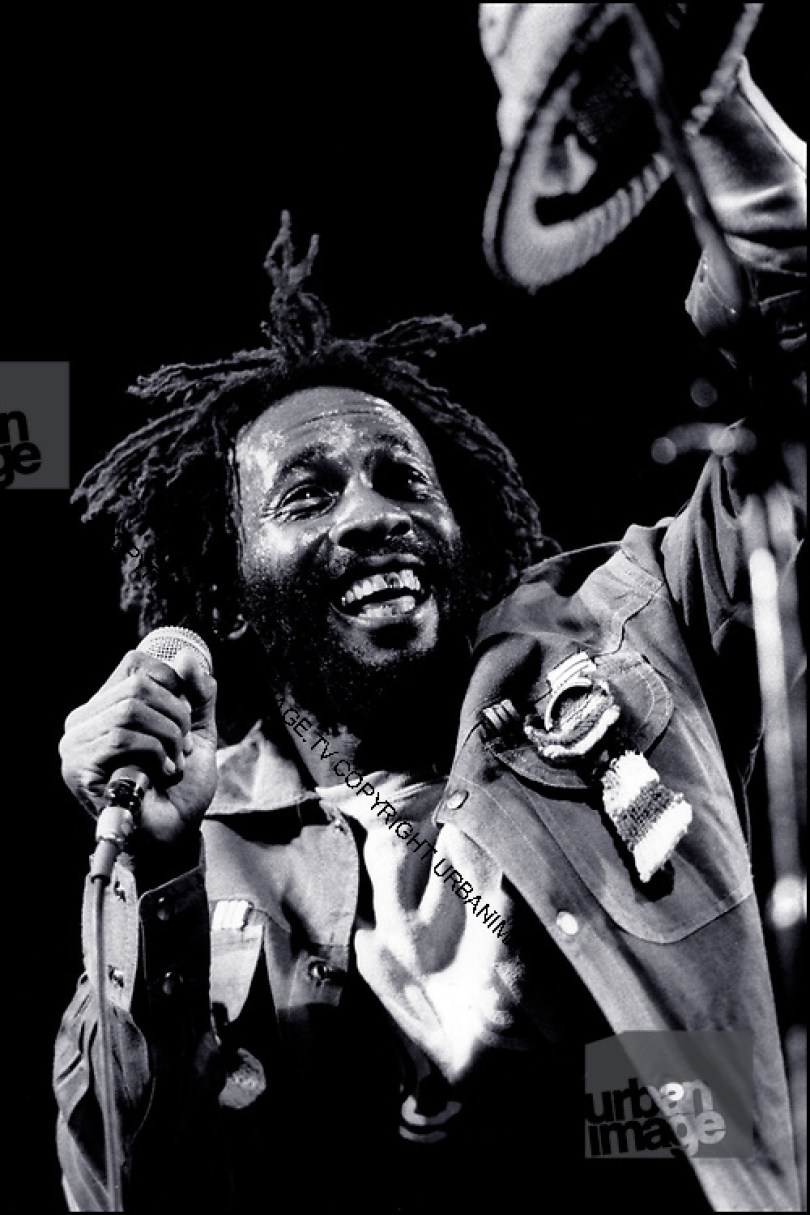
Now, we move on to Winston Rodney AKA Burning Spear. Born in March of 1945, in St. Ann Parish, Jamaica, beginning in the 1960s, Burning Spears’ music fits all the notions you might think of when it comes to Reggae, with songs based on politics, hope for the people of oppressed countries, the downtrodden, and love. Burning Spear’s musical influences stem from listening to Jazz, Soul, and R&B. US radio stations that reached his Jamaican town of Saint Ann would play the likes of James Brown and Curtis Mayfield, and they too were major influences. Along with Toots and Marley, Rodney is also considered one of the originators of Reggae, and one of the most influential within the genre period.
Before going solo as Burning Spear, Rodney’s group started as a duo with Rupert Willington that released the single “Door Peep.” Afterward, tenor Delroy Hinds joined in and rounded out the newly formed trio. The trio moved on to record more singles and albums with Marcus Garvey being an immediate hit and they up followed with Slavery Days, which featured a backing band by the name of The Black Disciples. With this success, the band landed a deal with a major label, Island Records, who then reissued Marcus Garvey. Due to some instability with the label, and various other issues, Burning Spear went on to create his own label, Burning Music, to release his music independently, and have control going forward. Burning Spear went on to execute extensive world tours and record more new music throughout the past several decades while maintaining his roots in Reggae, Jazz, and Funk. In 2000, he was awarded his first Grammy Award for his 1999 album, Calling Rastafari. To this day, Rodney and his wife still work at the label releasing singles, vinyl, CDs, and DVDs out of Queens, New York.
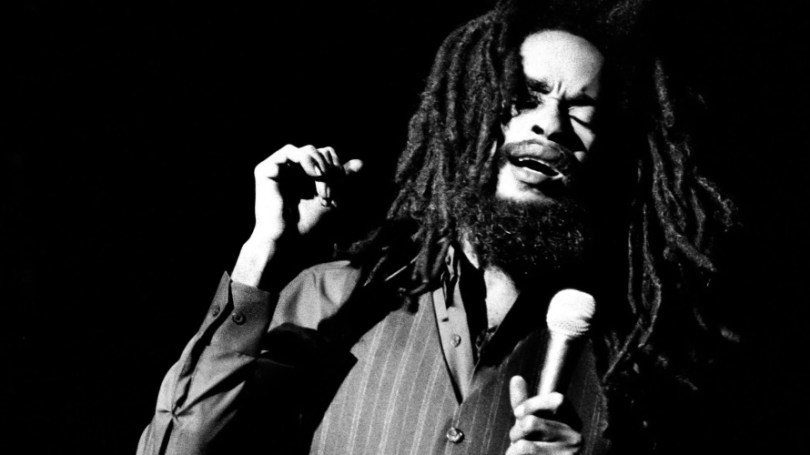
Now that we’ve gone over a few of the most prominent artists in Reggae, for those that want to dig a bit deeper, let’s move on to another heavy hitter, Max Romeo. Born in St. James, Jamaica, in 1944, Max embarked on his musical career at the age of eighteen, after winning a local talent competition. Two years later, in 1965, Max joined up with Lloyd Shakespeare, and Kenneth Knight to form The Emotions, who had several hits over the next few years such as “(Buy You) A Rainbow.” Max Romeo started his solo career in 1968, with his breakthrough song coming in the form of “Wet Dream,” which reached major success in Jamaica. “Wet Dream,” although banned by BBC Radio in the UK for its raunchy lyrics, still managed to reach the top-10. In 1969, Max put out his debut record, A Dream, featuring the aforementioned single “Wet Dream.”
Around this time, Romeo suffered an unsuccessful attempt at setting up his own record label. After moving back to Jamaica in 1971, Max released his second solo album, Let the Power Fall, which featured politically charged lyrics, and protest themes. One song from the album, “Let the Power Fall” was used as the theme song for the People’s National Party in the 1972 Jamaican general election. In 1975, Romeo met with the legendary Lee “Scratch” Perry to produce Revelation Time. The following year would be Romeo’s biggest yet, with the release of the religiously and politically driven album War Ina Babylon, featuring his most well-known song, “Chase the Devil.” After this, the duo separated, leaving Max on his own to produce Reconstruction, which didn’t have nearly as much success as his previous albums. Soon thereafter, Max moved to New York City, in 1978, where he co-wrote and starred in the musical, Reggae. As Max’s career was winding down, he moved back to the UK, in 1992, to record two more albums and a compilation. To a degree, Max is still active in music with his son, and daughter both carrying on his legacy for the future.
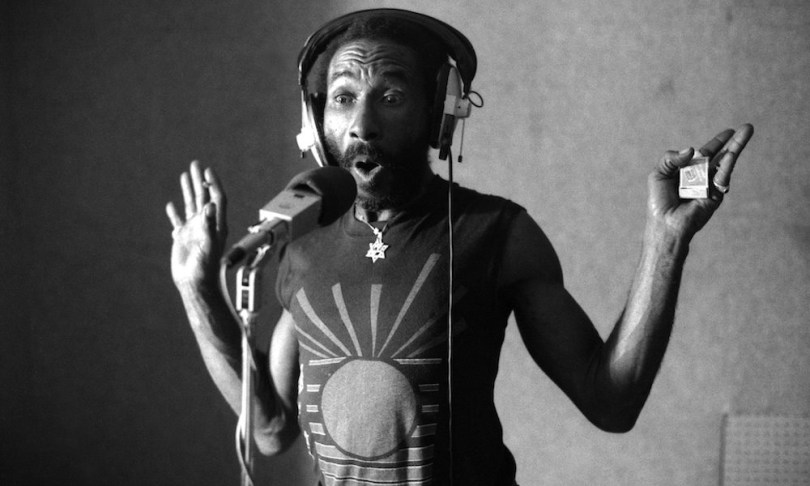
This brings us to our final artist, Lee “Scratch” Perry. Born in March of 1936, in Kendal, Jamaica, as a producer, singer, and songwriter, Lee Perry certainly left his mark on the world. During his career, Lee developed dubbing and remixing techniques that are widely used to this day throughout the genres of Reggae, R&B, and Hip-Hop. Lee’s musical career began as a record dealer, in the 50s, for Clement Dodd’s Studio One, where he would record songs, and eventually leave due to personal, and financial differences. Soon, Lee found himself working for Joe Gibbs, at Amalgamated Records, but differences arose once again, leading to Perry choosing to form his own record label, Upsetter Records, in 1968.
Perry recorded and released his first major single, “People Funny Boy,” soon after. Over the next few years, Perry and his studio band, The Upsetters, went on to record more music that would become popular in the UK, and even more so in Jamaica. Perry would go on to produce music for The Wailers as well as Max Romeo, and many more in his backyard studio, which he built in 1973 called The Black Ark, which sadly succumbed to a fire in 1978. During the 80s and 90s, Perry continued to record, and once again found his footing, crediting his quitting of alcohol and cannabis to his comeback saying in an interview that he, “Wanted to see if it was the smoke making the music or himself.” Into the late 2000s, Lee could be seen performing and collaborating with many bands, and artists such as Andrew W.K., Keith Richards, and even The Beastie Boys. In 2004, Rolling Stone Magazine named Perry one of the 100 Greatest Artists Of All Time. Lee soon dipped his toe into Dubstep music, as well as the art scene with an art installation called “Secret Education” featuring paintings, drawings, and videos. In the weeks leading up to Lee’s death in August 2021, he continued to produce, collaborate, record, and perform, and would release his last song, “No Bloody Friends,” shortly before his death, leaving a legacy for many more artists to follow.
So, that wraps it up. If you’re new to the genre of Reggae, hopefully, this is a good starting point. Reggae is a vast, and diverse pool of music, take a dive into the deep end and see what you find.
Interested in learning more about Reggae? Check out this track by Toots & the Maytals below:
Dig this? Check out the full archives of Retro Echo, by Anthony Montalbano, here: https://vwmusicrocks.com/retro-echo-archives/
